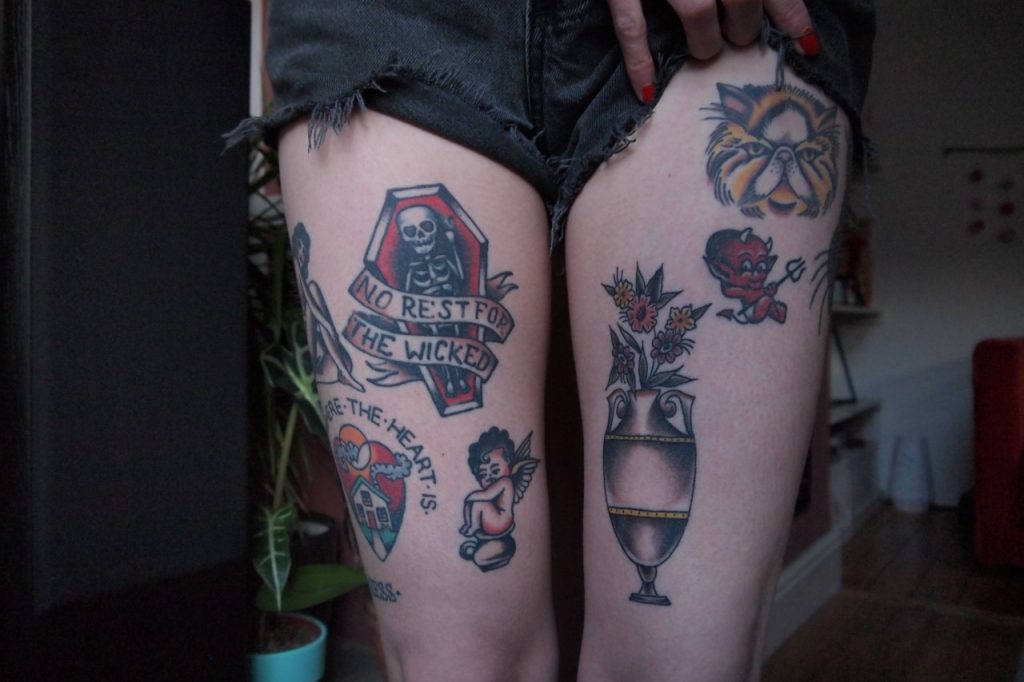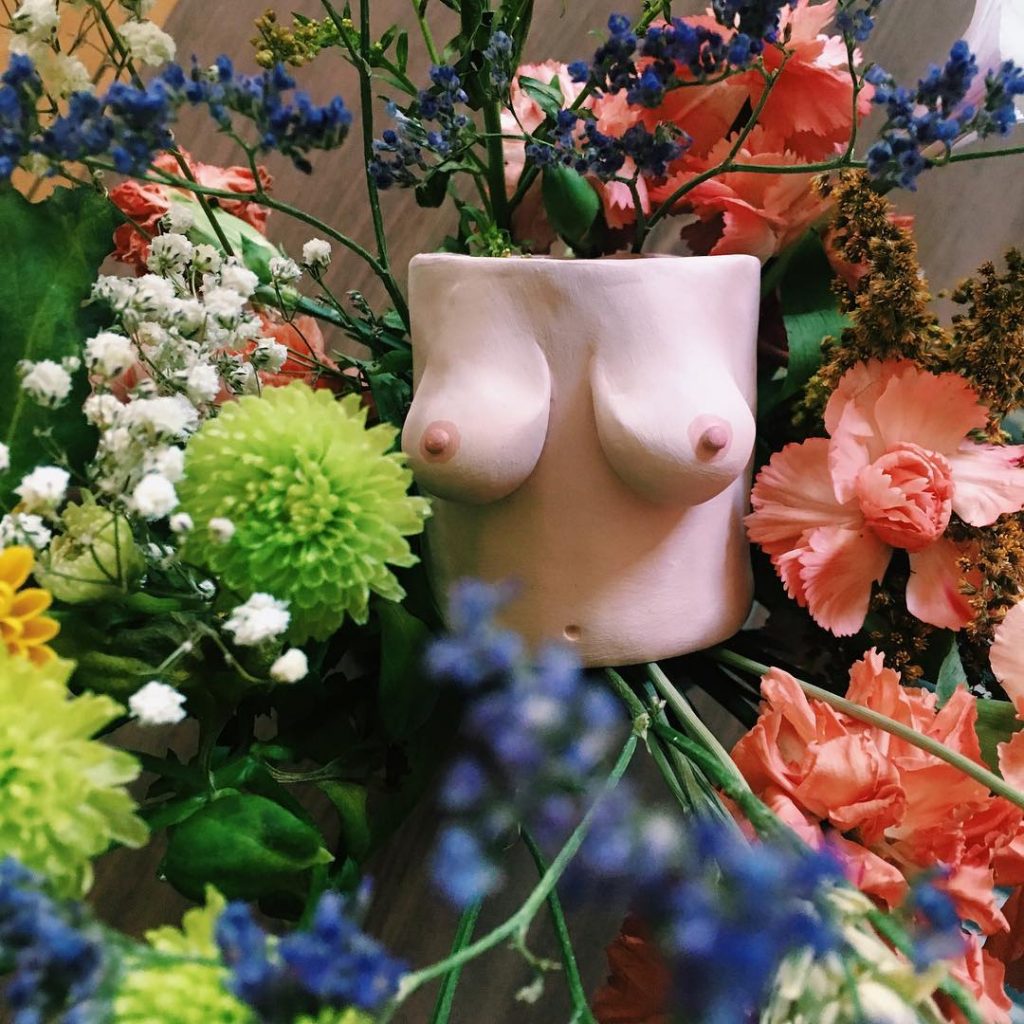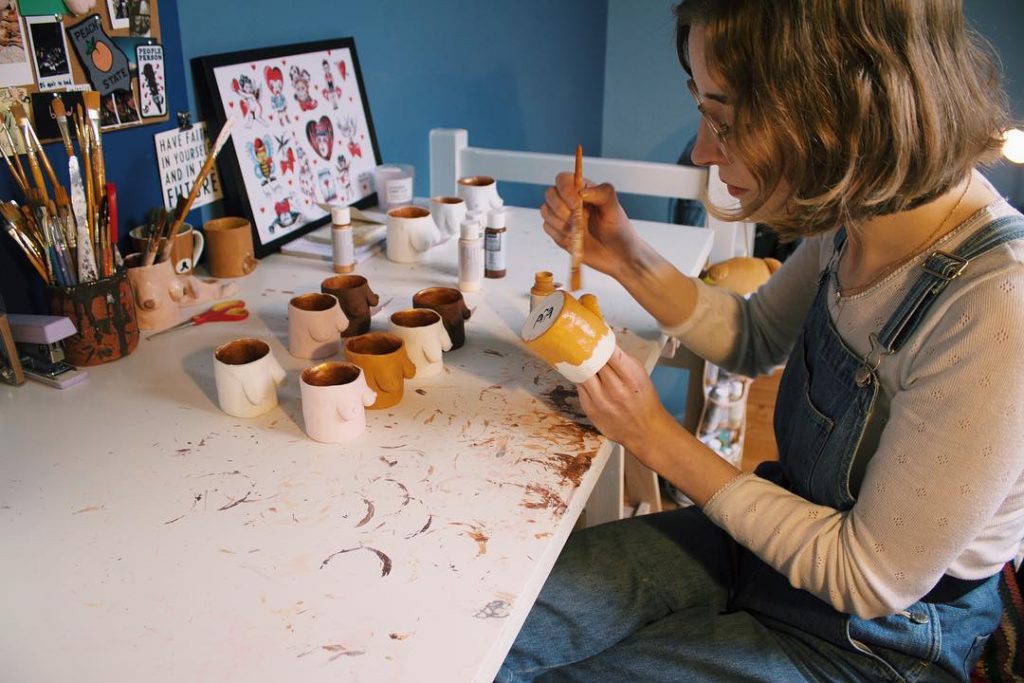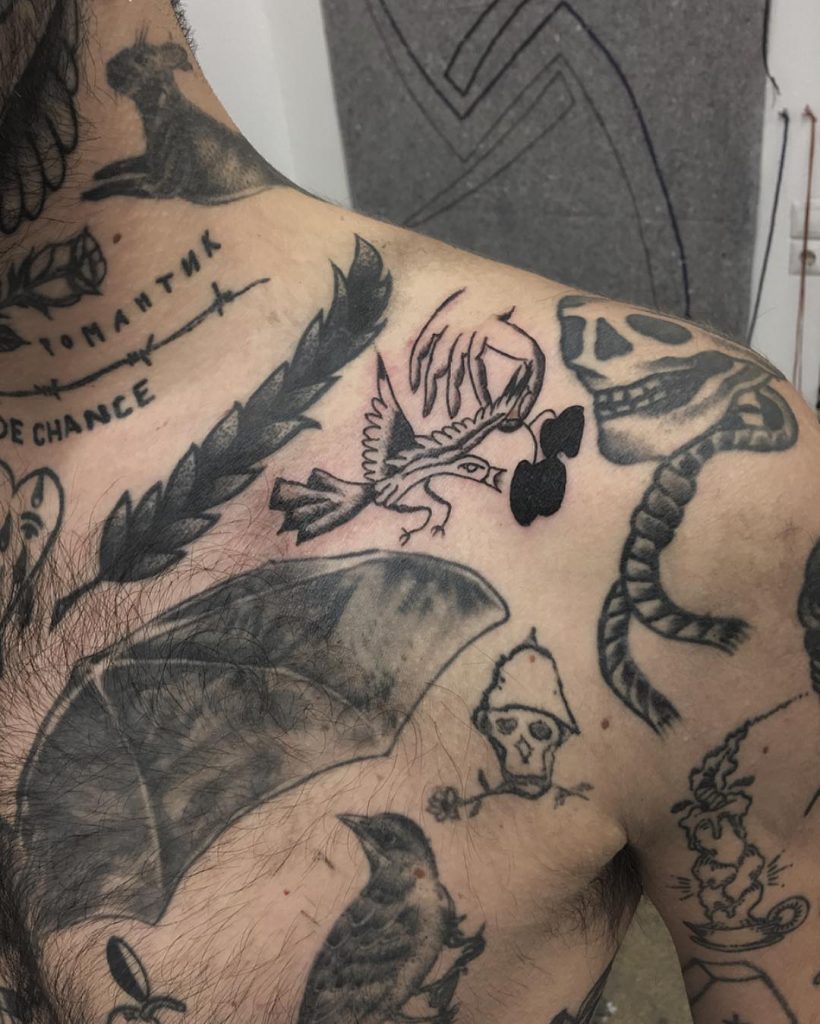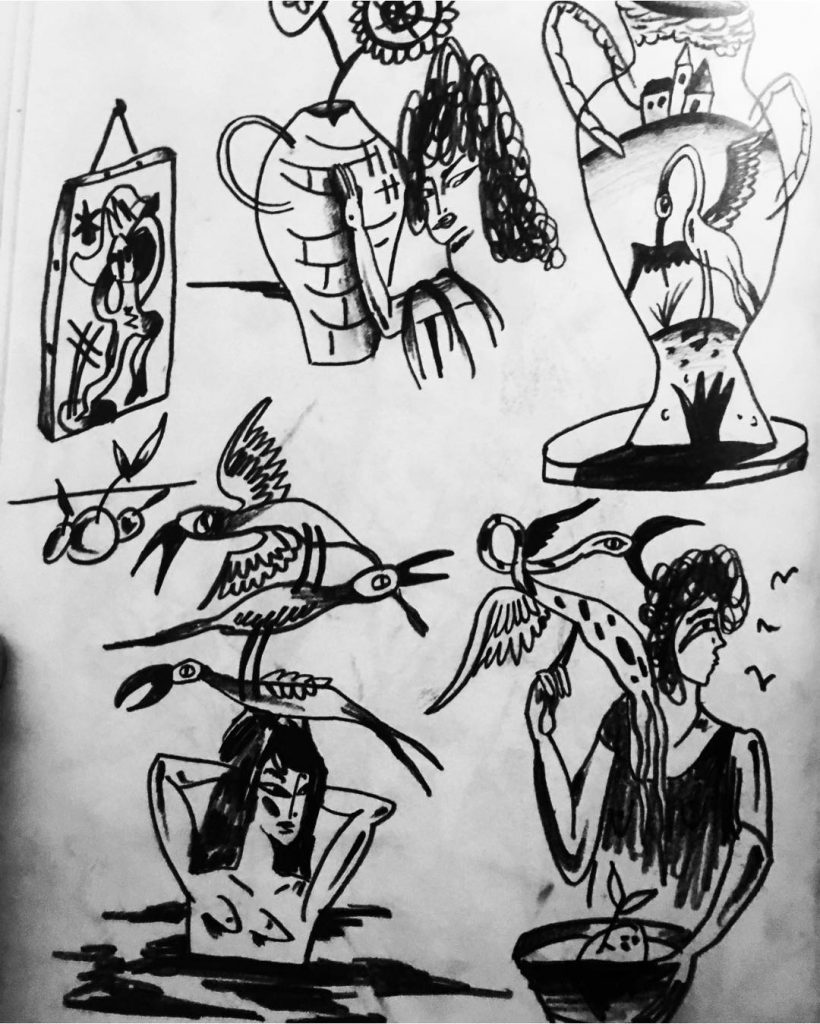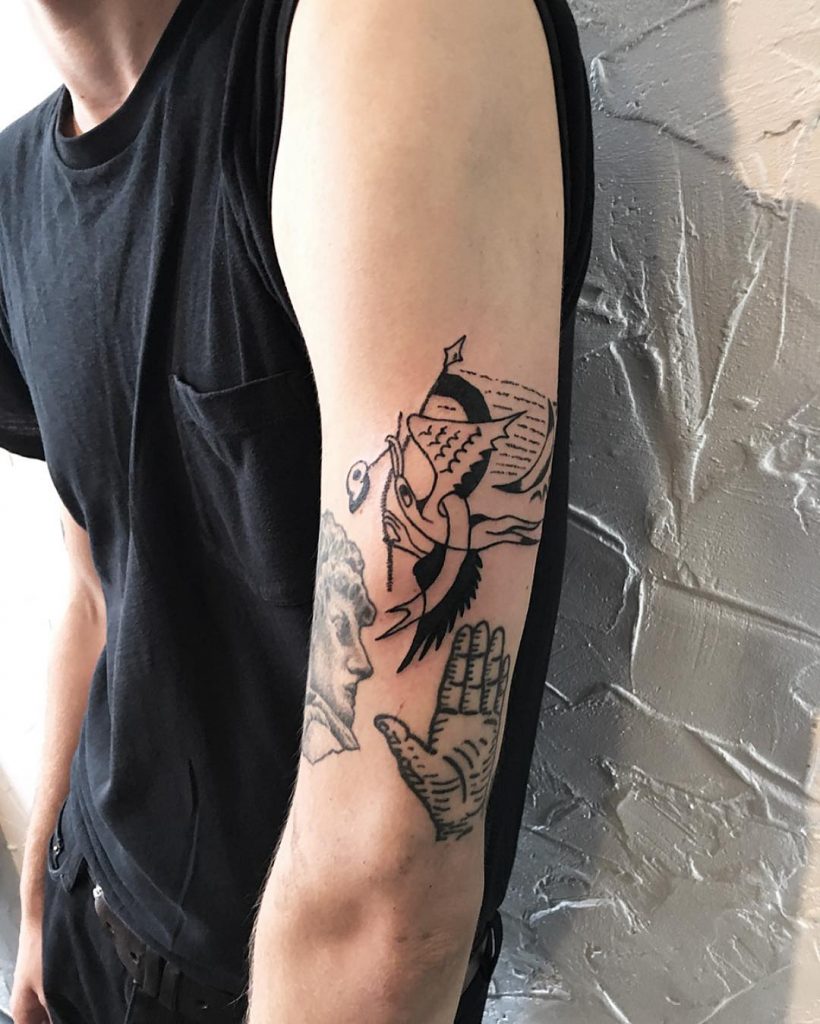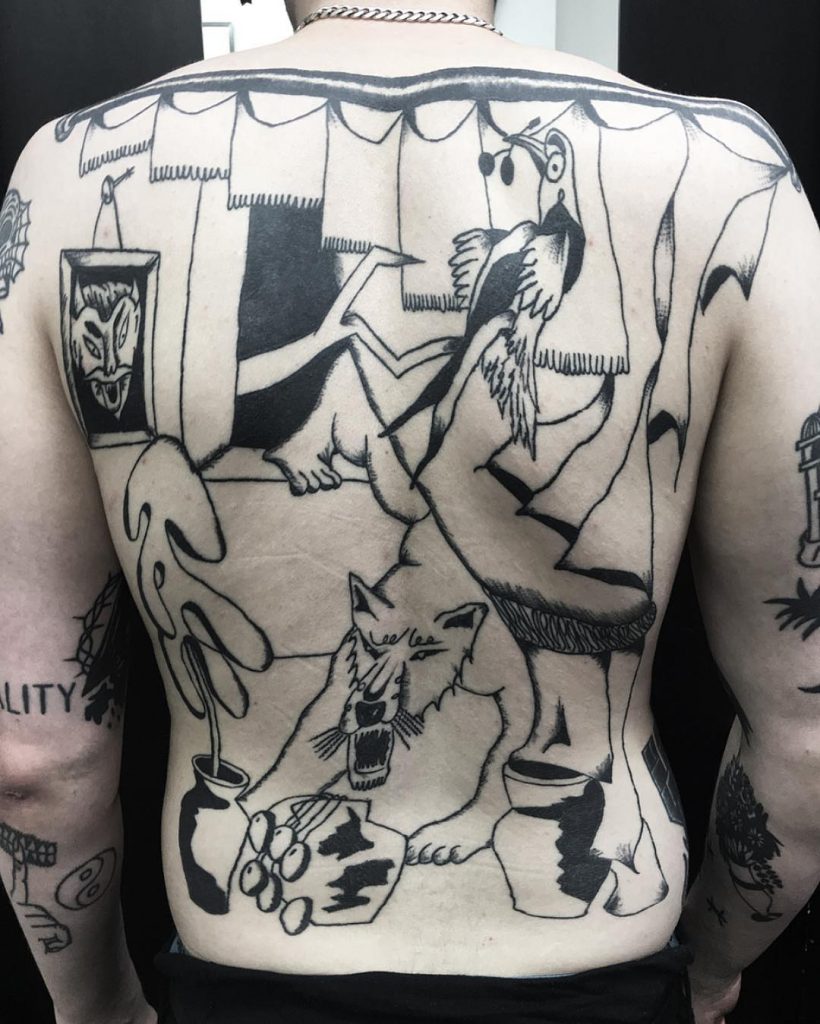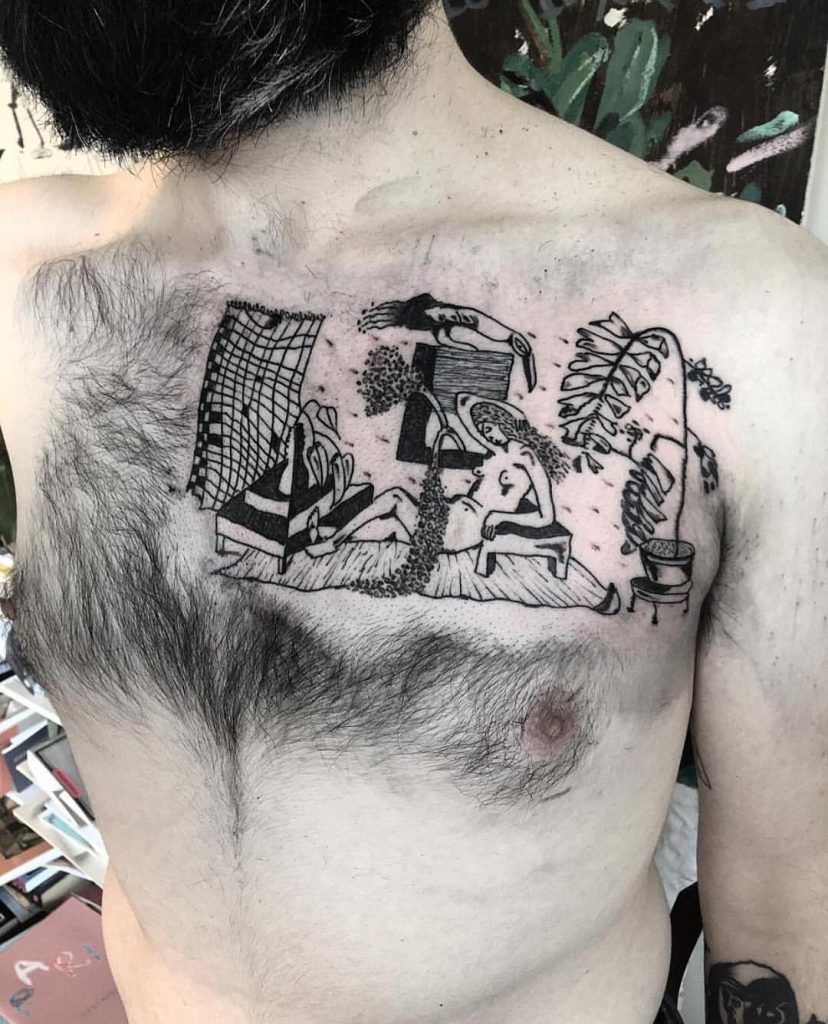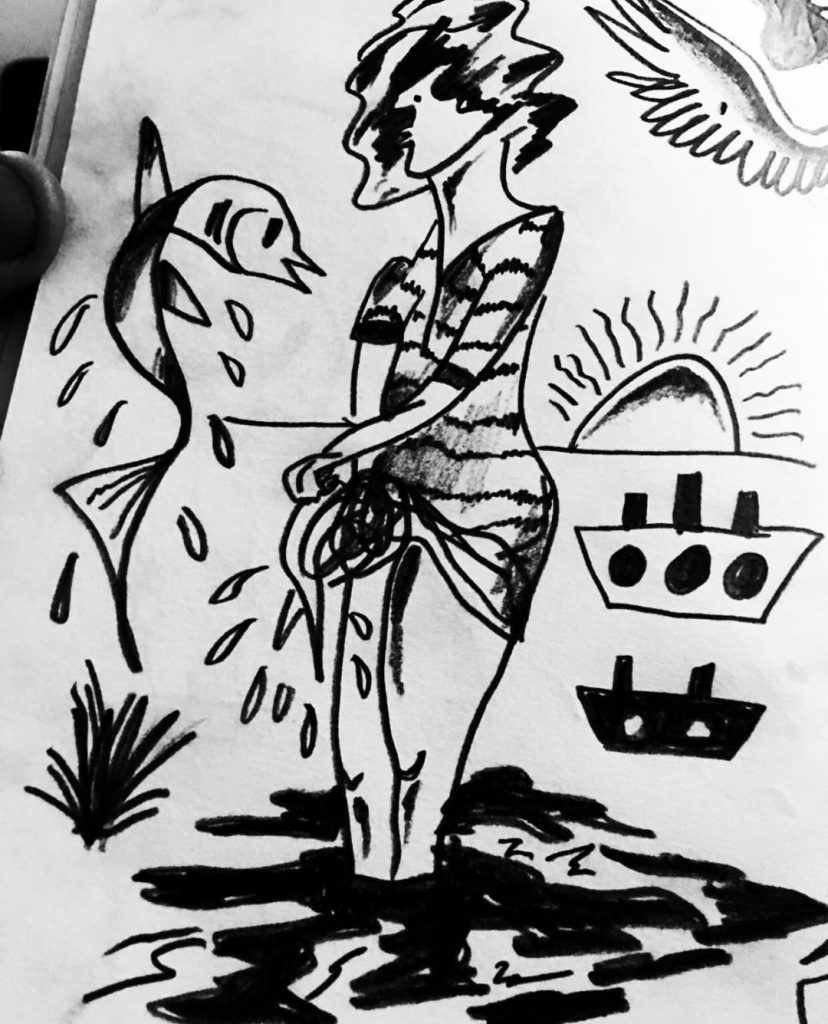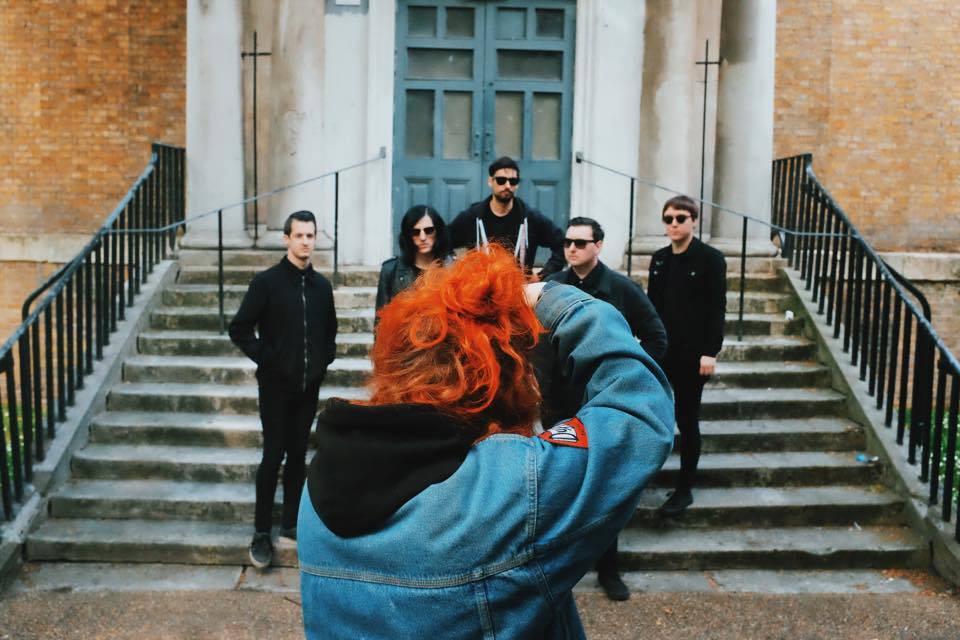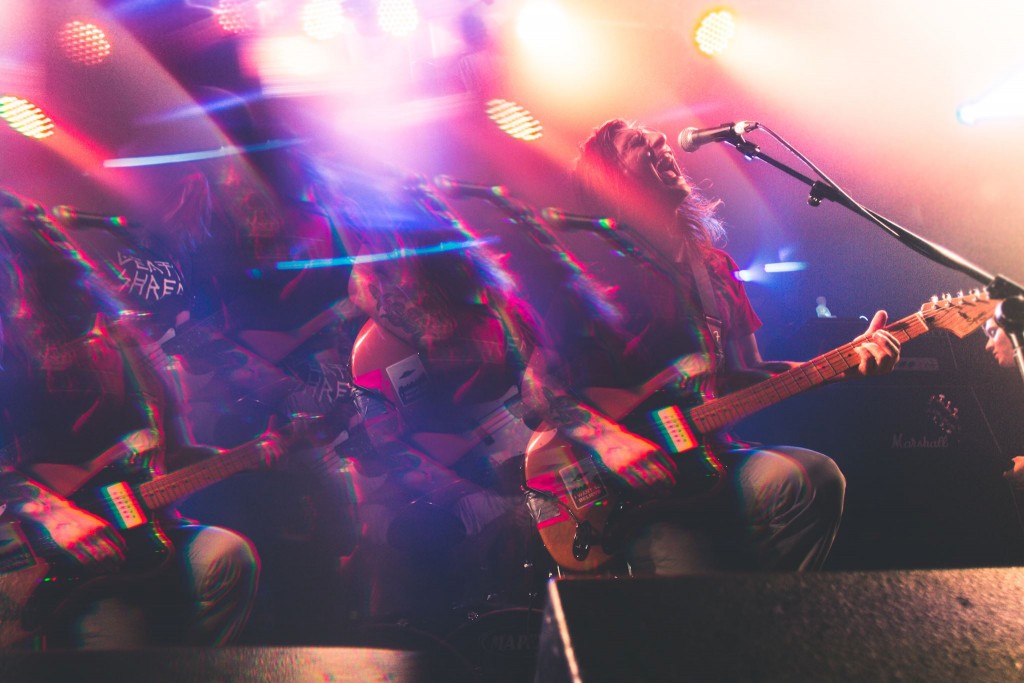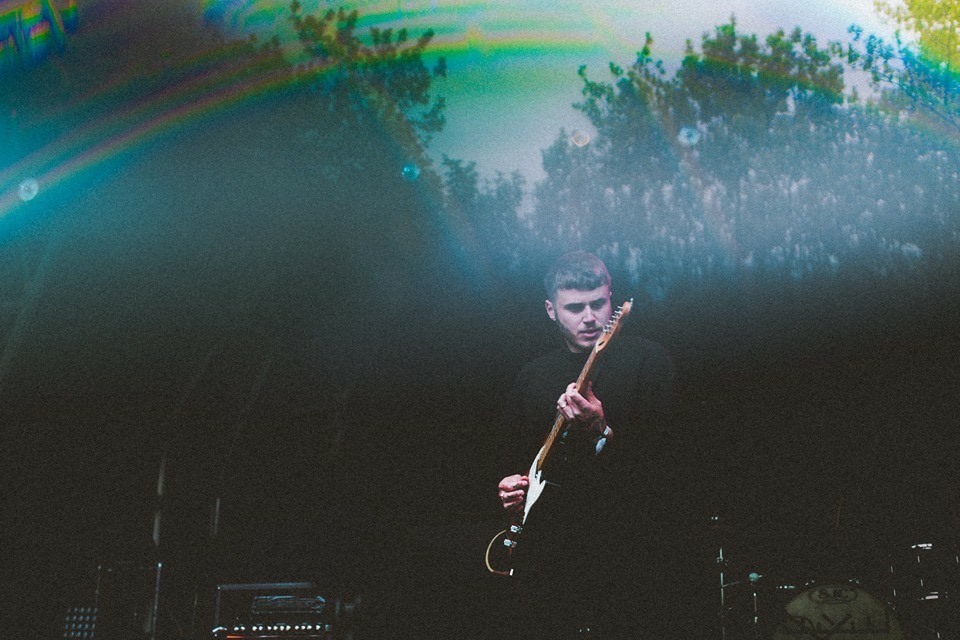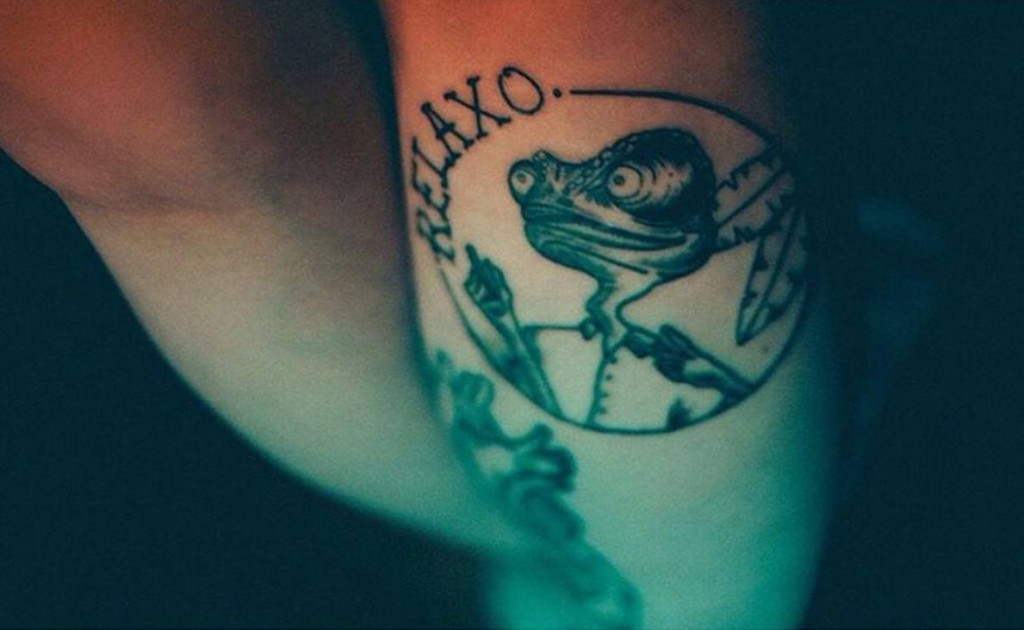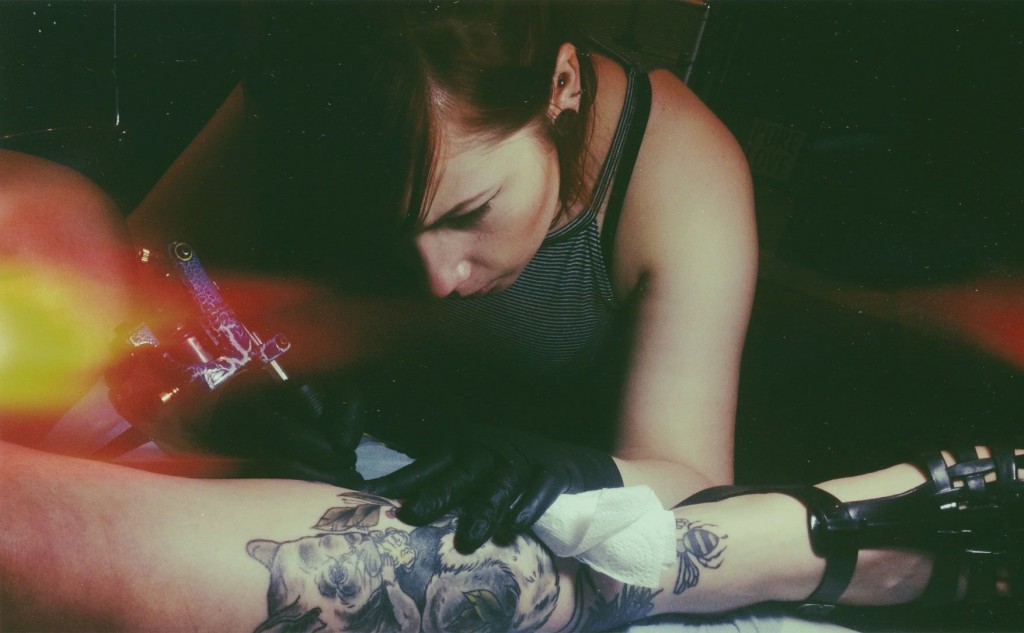23-year-old James Musker is a Creative Writing student, freelance illustrator, and not only does he write for us but he also writes for Nine Mag. From Bournemouth but based in Manchester, James talks to us about his connection with tattooing, what inspires him and his illustrations…
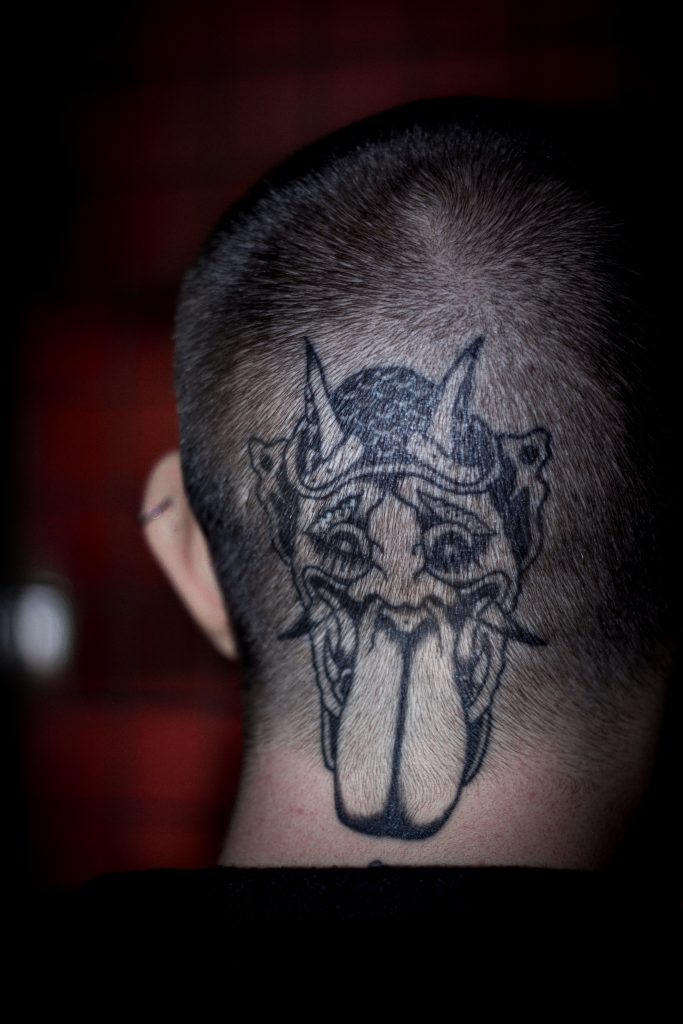
Photo credit @rob__bell
Can you tell me about your relationship with tattooing? Since I first started getting tattooed a few years back, it’s never not felt vital. I’ve worked every kind of terrible job just to keep getting work! It immediately gripped me, and since my first, I’ve lost count of how many additions I’ve made, as it stopped feeling important to tally them up. The direction of it all has changed so much since I started out, and continues to change. Raw magnetism guides my relationship with tattooing. It’s all dictated by spontaneity and intuition, and although these things have betrayed me at times, I feel I’d never have learned as much as I have without having made some mistakes. You need to make big mistakes to learn big, and however much you might be able to veil a tattoo with meaning, I do think it’s a very instinctual process. You don’t always have to understand why it is you gravitate towards one image over another at the time you do, as the work often speaks for you more than you can for it. It’s easy to be fooled into thinking that each tattoo needs to be loaded with significance. You can’t deny your instincts, and acting on them only serves to better hone your senses. I’ve gotten to this point now where I automatically absorb any visual information I can relate back to tattooing, and it doesn’t really matter where that information is sourced. I can’t help but see potential everywhere.
What’s your favourite piece? My favourite piece is probably this tiny rune I have on my arm. I first came across the symbol in some strange book, and was initially attracted to it for its raw power. It looks as if it was made for skin. If I still had the space, I would probably wipe-out my back with a huge version of the thing! I later discovered that the symbol stands as a protective, teaching force, and I feel like that’s what tattoos have the potential to be.
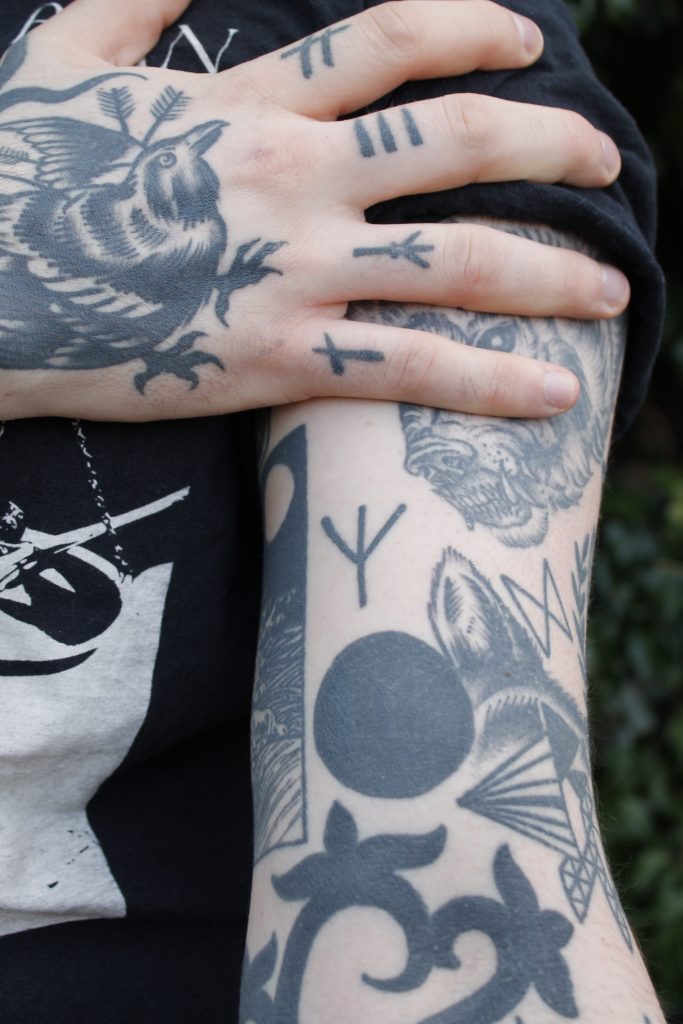
Photo credit @jdrroberts
Who inspires you? In-terms of tattooing, Duncan X. Aside from being hugely influential in that he leads the charge of tattooing with no regards for the future or anything that has come before it, I remember meeting him and seeing his body-suit for the first time. There were so many overlapping ideas and timelines – history overlaid with new history, but you could see him in all of it. I was stunned by what he’d achieved. Some people lose themselves to their tattoos, in that you stop seeing them due to the extremity of their work. They get aggressive, shocking statements that, although powerful, draw you away from who they are, and shed light on that dangerous fine-line between self-expression and self-erasure. Duncan described his tattoos to me as “black mush”, but seeing his body-suit in-person was evidence that the only thing a tattoo needs to be disarming is a sense of honesty, and honesty can be romantic or vicious or ridiculous or confessional.
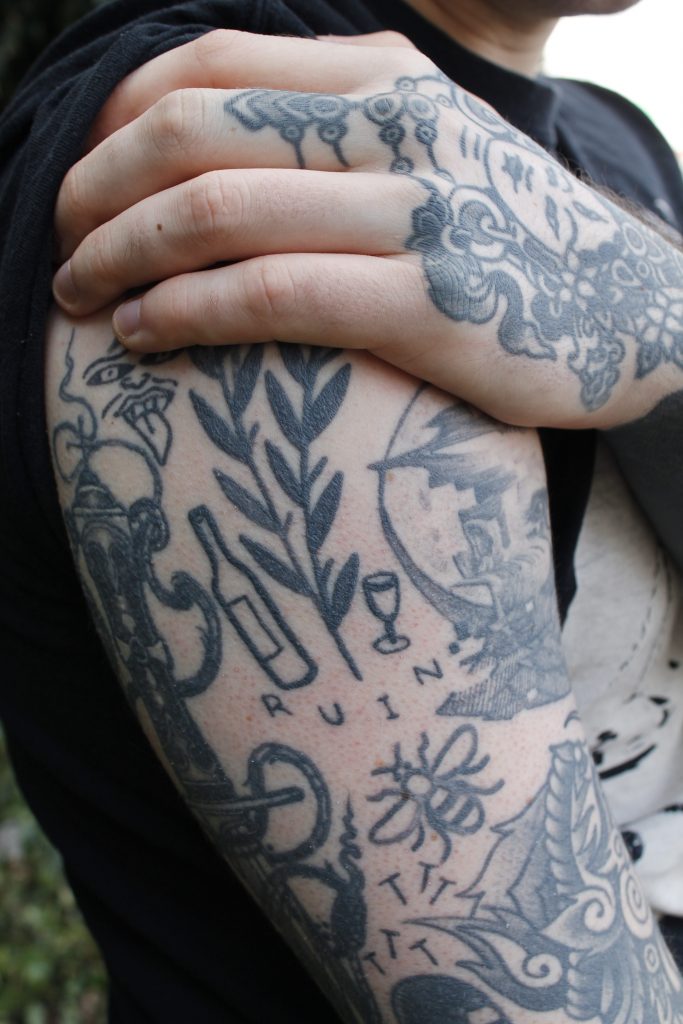
Photo credit @jdrroberts
Can you tell us about your illustration work?
I’ve never studied art or anything like that before, but I’ve always been pretty restless. I need something to put my energy into, and without that, I’m not myself. I tried taking illustration seriously a while back, but I was too focused on figurative accuracy and tweaking-out details that I’d always end up driving myself crazy and hating whatever it was I was working on. It wasn’t until things went kind of wrong for me on a personal level that drawing started to feel like a necessity. I finally felt like I was producing sincere work, because it was charged by more than the desire to get things “right”, and with that I gained the confidence to start sharing it. I was world-building with each piece I put out there – creating some place far-removed from where I was at, I guess. There are elements featured in each piece that connect them to each other, and I think that keeps it all suspended in this imagined head-space.
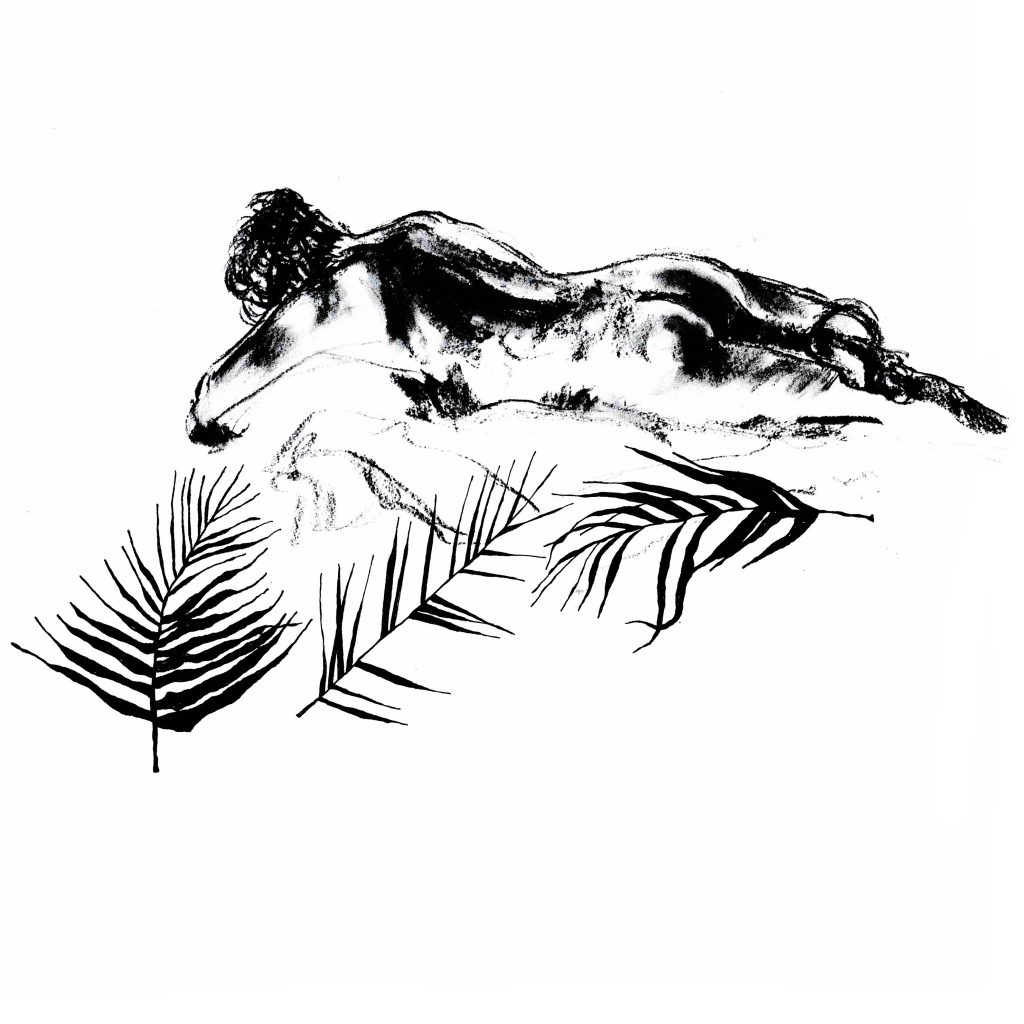
In the same way that tattoos can overlap and interact, I feel that blasting my work over old Japanese Ukiyo-e prints and hijacking the power that they hold provides this immediate sense of depth and history that I love. I’m interested in the ways in-which people read images. I think it’s natural for us to read images from left-to-right when trying to understand them, as that’s the way we read text, but that changes from culture to culture, and with it so does the image that’s being read. When it comes to Hokusai’s ‘Great Wave…’, we are moving with the wave, but in other cultures, they are moving against it.
I like the way tattoo-flash just hangs on the page, and can sometimes look chaotic. I like how there’s no starting point and no implied path to follow, and that you can read different things from a sheet of flash if you connect the significance of the images in different ways. I have my own intentions when putting a piece together, but I like it when people read something in a piece of mine that I never considered. Although I don’t tattoo, I always have tattooing and the strength it’s imagery holds in the back of my mind when composing my work and considering things such as placement and balance.
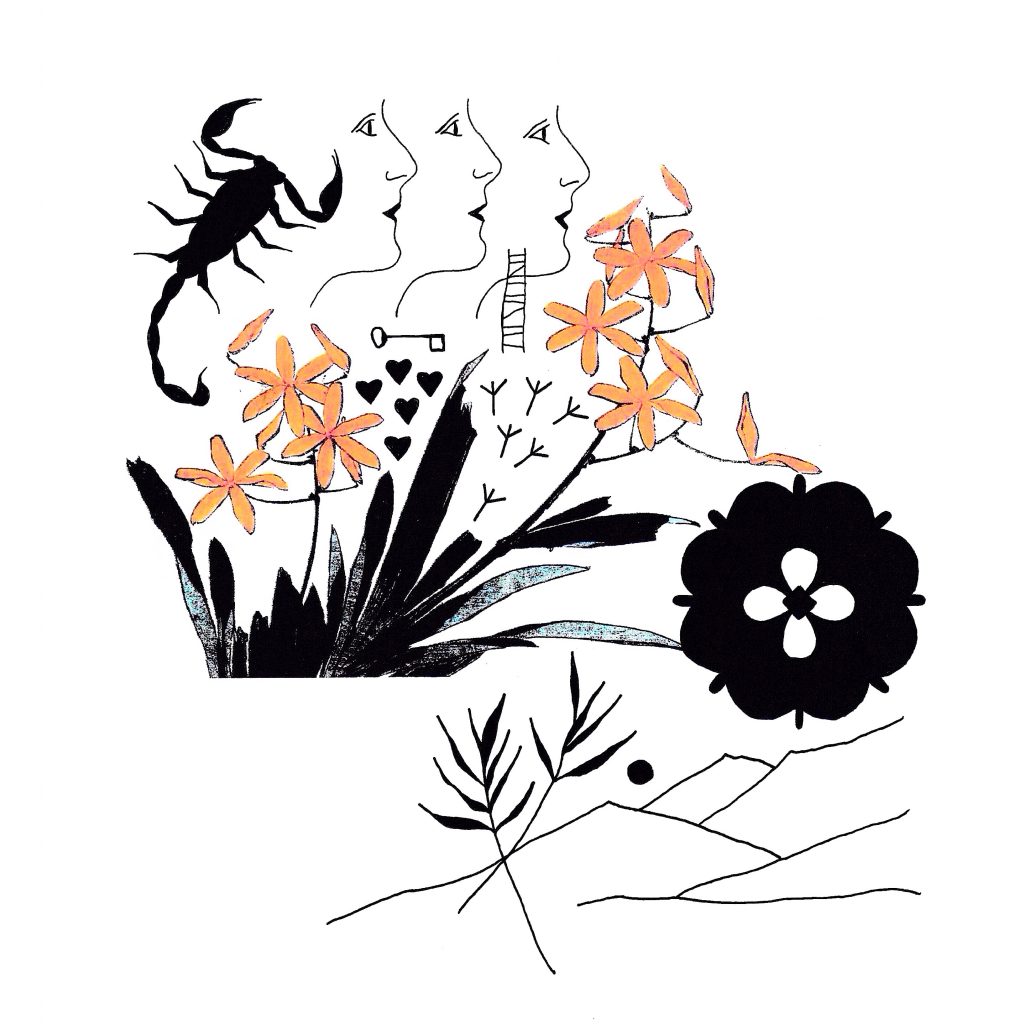
What influences you? I guess I’m influenced by things I don’t fully understand, and sometimes a singular experience can become this abundant well you endlessly draw from in-hope of grasping it to some degree. I see making things as a way of climbing back inside of moments you can’t necessarily speak to, but the attempt is what’s important. I naturally gravitate towards anything with a sense of romance and surreality. I think that we’re all guilty of distorting our own history through a romantic lens, and I think the ways in-which we mold past-chaos into these perfect, hyper-edited shapes can lead memories to feel fantasy-like. I try to inject a sense of that into my work. I don’t really draw with anyone else in-mind, but it’s important to me whenever people respond to whatever it is I do. I like to think that when people do, it’s because they’ve unwillingly imprinted their own memories and fantasies onto something that was driven by my own. I can be a thief – pillaging the past for references and inspiration, but it all comes back to how these found-images and twisted revisions relate to my own experiences, and what I’m trying to translate.
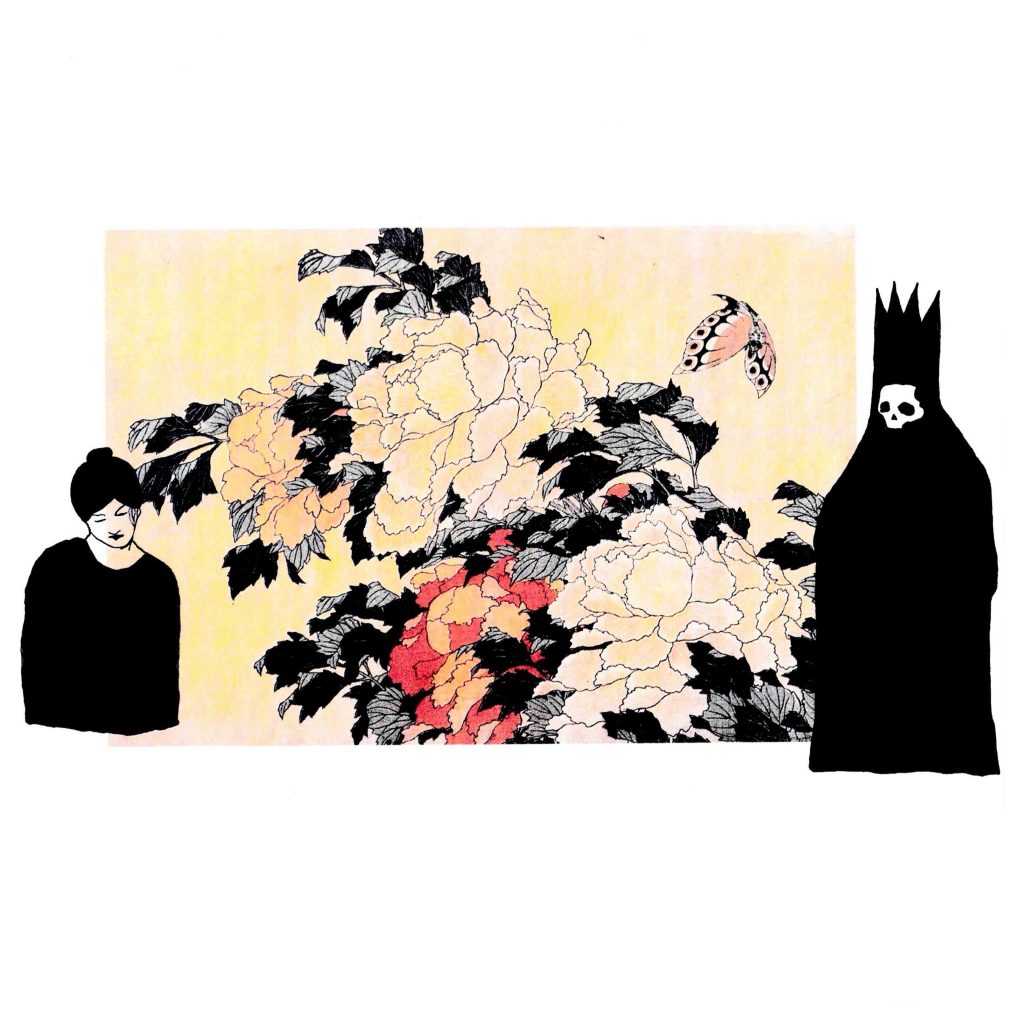
Do you have an end-goal for your body of tattoos? Not so long ago, tattooing felt like the only freedom I had. I mentioned how important instinct is to getting tattooed, but at that point in time instinct had no relationship to imagery, but more the process of getting tattooed. It didn’t matter so much what I was getting tattooed, just that it was happening. I’d let artists try out all kinds of wild ideas on me, and some sit confidently, but others were just that; wild ideas. I only developed an end goal once I’d made one too many untamed judgements. It was quite destructive, but it sharpened my view. At this point in time, I’m investing in the body of work I want to wear for the rest of my life, and that process involves additions and subtractions, but at least now each move I make feels like a huge step forward.
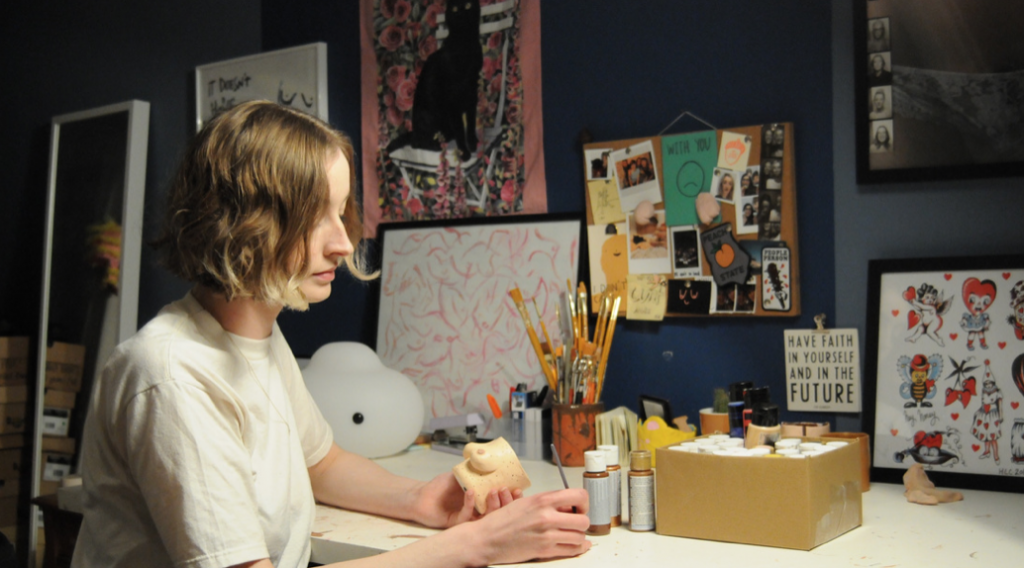
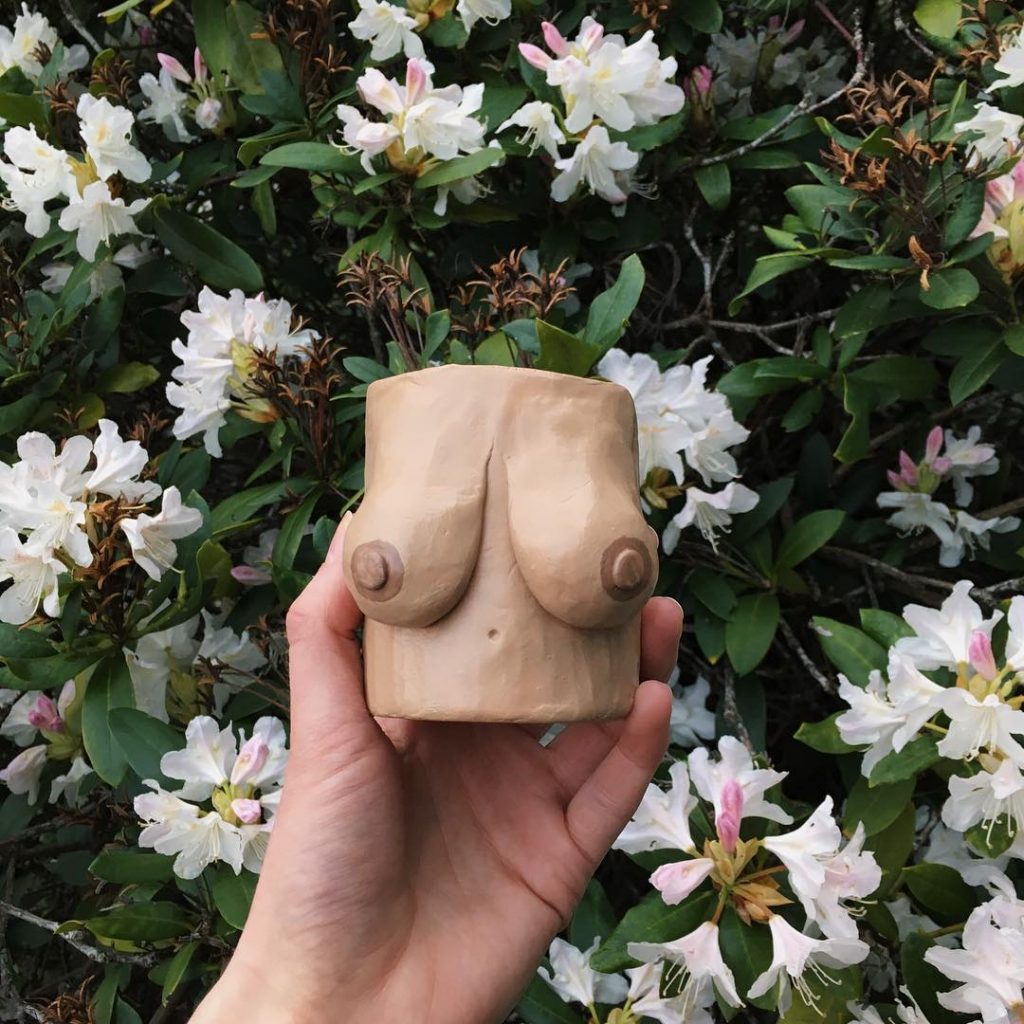
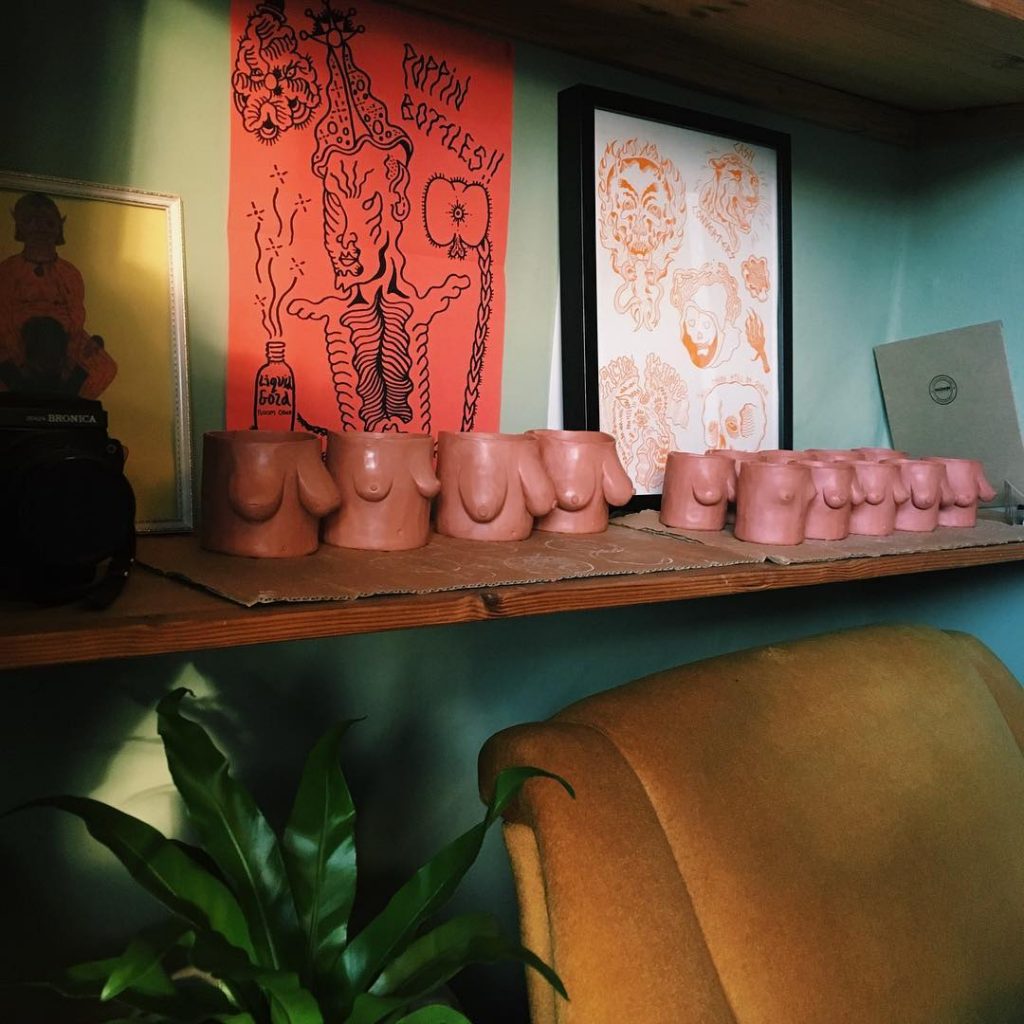
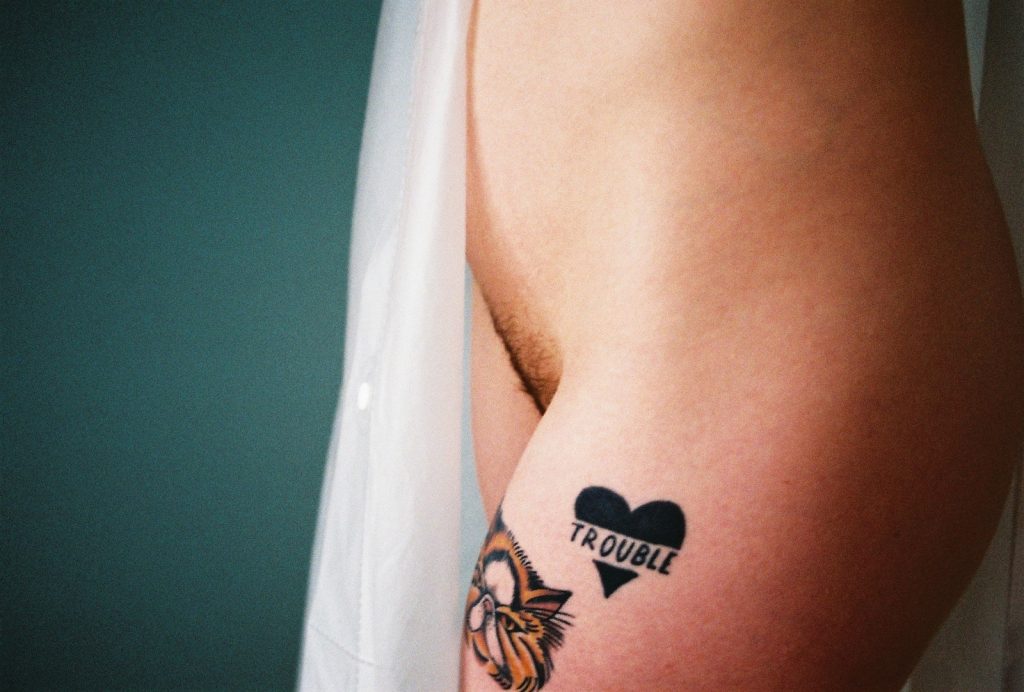 Photo taken by
Photo taken by 